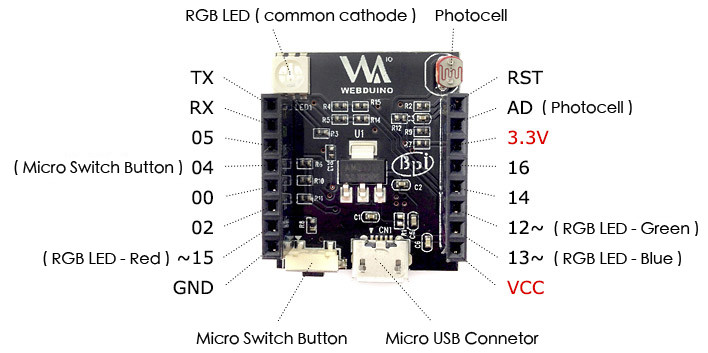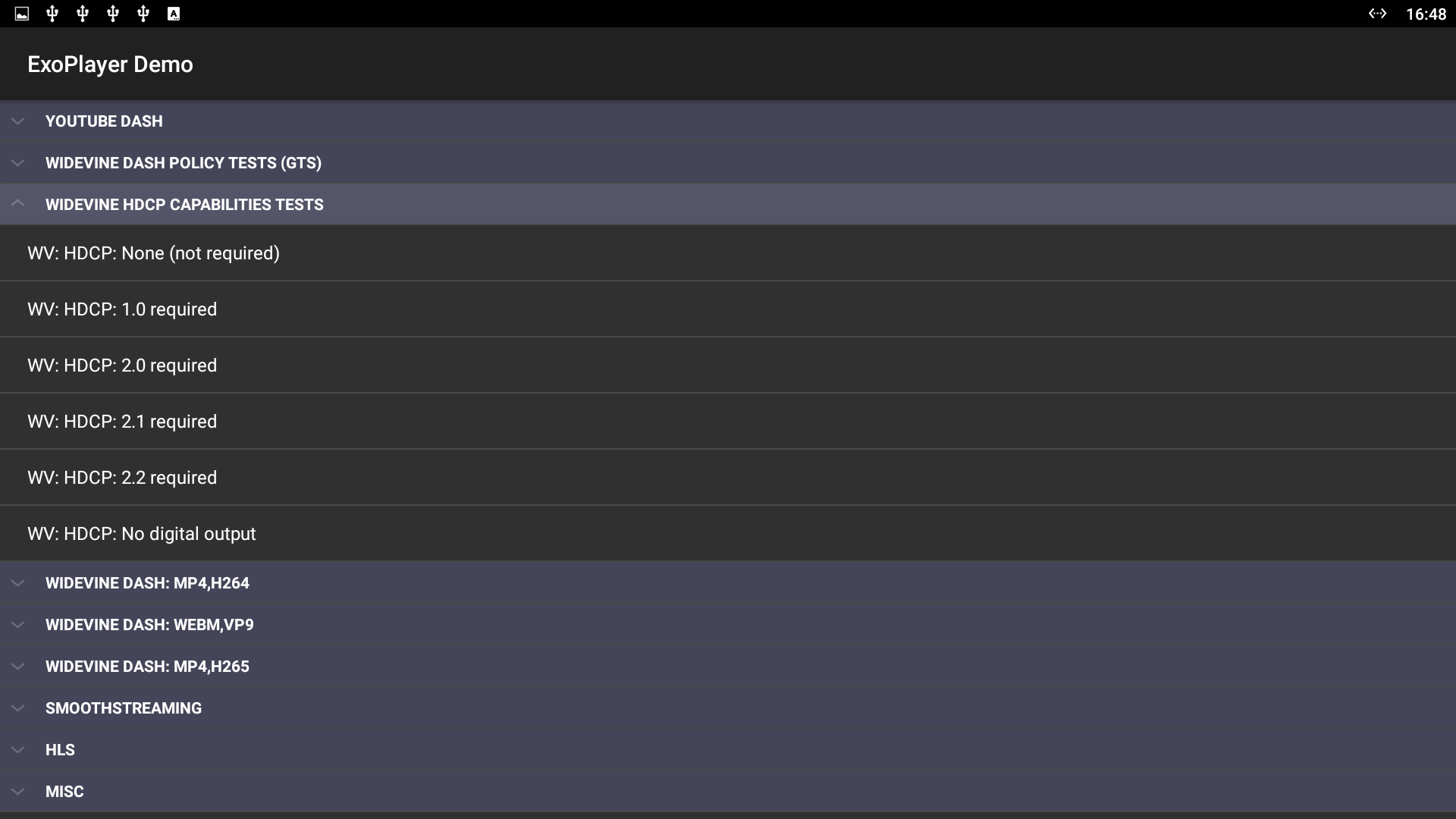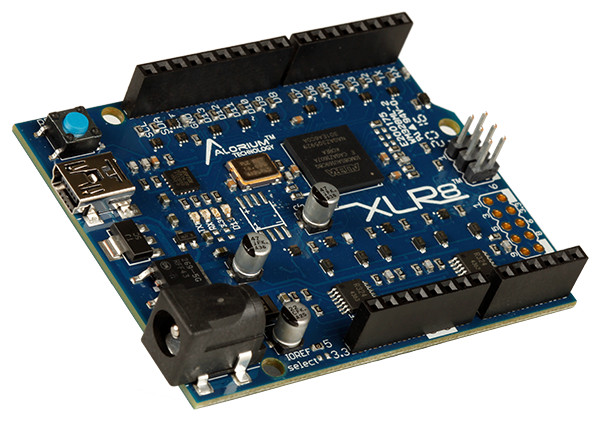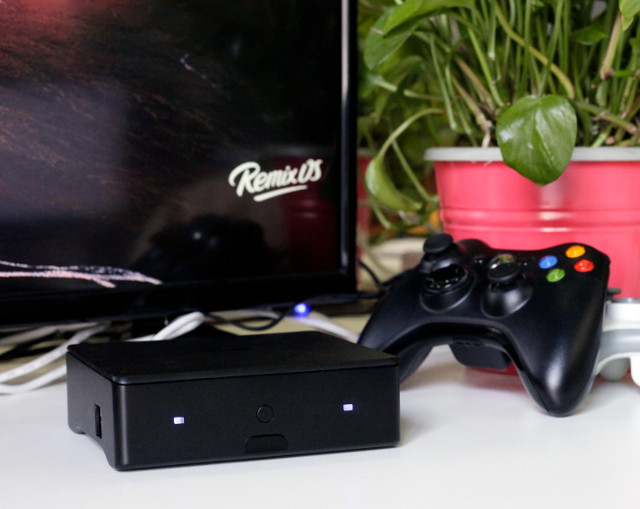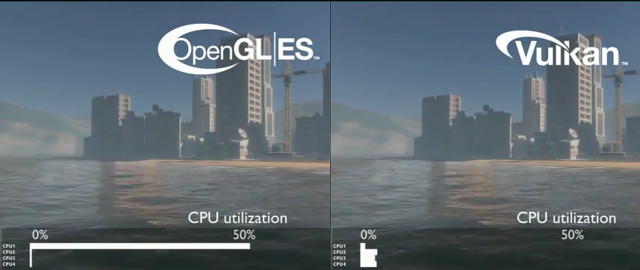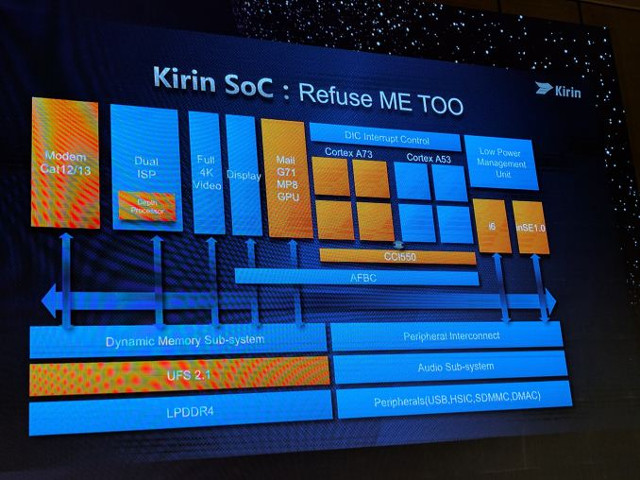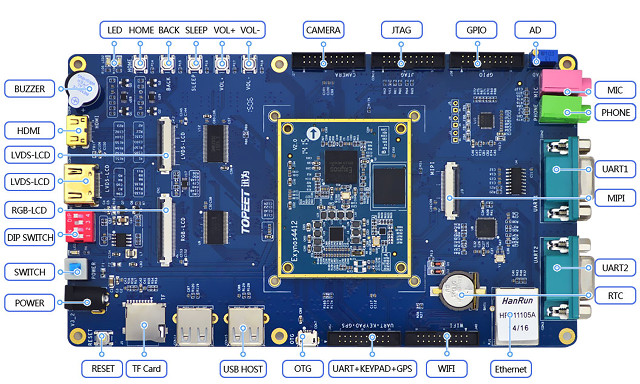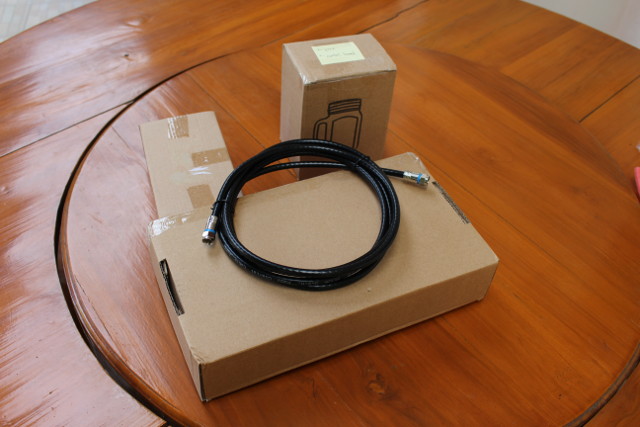Webduino Smart board reminds me of Witty ESP8266 board with its RGB LED and photocell sensor, but the design is a little different, and does not come with an extra USB to TTL board, as it’s designed to be programmed over the air using Blockly Editor. Webduino Smart specifications: WiFi Module – AI Thinker ESP-12F module with Espressif ESP8266 WiSoC Connectivity – WiFi 802.11 b/g/n 2x 8-pin headers with GPIOs, ADC (Connected to Photocell), UART, VCC, 3.3V, GND, and Reset. USB – 1x micro USB port for power Misc – Photo resistor, RGB LED, micro switch button for firmware upgrade (connected to GPIO 4) Dimensions – 3 x 2.5 cm (See comparison to AA and AAA batteries below) While Witty board was mostly targeting mainland China market with all documentation in Chinese, Webduino Smart does have some documentation in English, and is made by Banana Pi team (SinoVoIP). The default […]
Test Widevine & PlayReady DRM, HDCP 1.x/2.x, 4K VP9 and H.265 in Android with Exoplayer App
I first heard about ExoPlayer in an Android TV Overview presentation at Linaro Connect 2014, but I never really looked into it. The source code is available on Github, and I’ve been given ExoPlayer.apk [Update April 2020: Exoplayer binary is now available on Apkpure] as it can be used to test UHD H265 support, HDCP 1.x, HDCP 2.x compatibility, PlayReady & Widevine DRM using different format and so on. So I installed it on Beelink GT1 Android TV box which I’m currently reviewing, and only include basic Widewine Level 3 DRM, and certainly does not support HDCP features. There are 9 sections in the app to test various videos and DRM schemes: YouTube Dash Widevine Dash Policy Tests (GTS) – Widewine with or without HDCP, with or without secure video path Widevine HDCP Capabilities Tests – NoHDCP, HDCP 1.0, HDCP 1.1, HDCP 2.0, HDCP 2.1, HDCP 2.2, and HDCP no […]
Alorium XLR8 Arduino Compatible Altera MAX 10 FPGA Board Sells for $75
We already have a fair choice of boards with Arduino compatible headers powered by an FPGA with options such as $99 Digilent Arty (Xilinx Artix-7 FPGA), FleaFPGA (Lattice FPGA), Papillio DUO (Xilinx Spartan 6), or Snickerdoodle + shieldBuddy (Xilinx Zynq-7010/20). There’s no yet another choice with Alorium Technology XLR8 Arduino UNO like board powered by Altera MAX10 FPGA. XLR8 board specifications: FPGA – Altera MAX 10 FPGA MCU – Atmel/Microchip ATmega328 8-bit MCU Digital I/Os 5V inputs, 3.3V outputs 14x Digital I/O Pins 6x PWM Digital I/O Pins 6x Analog Pins Analog Inputs 5V tolerant Op-amp circuit emulates 0-5V behavior of the ADCs on the Arduino UNO Performance: 1 MHz; Resolution: 12-bit sustained Sample Rate: 154k samples/second Power Supply – 5V via USB or barrel connector Dimensions – Arduino UNO form factor The board is supported by Altera Quartus Prime Lite Edition, and programmable either via JTAG though a USB […]
Remix IO Aims to be Your $99 Android 7.0 TV Box, Mini PC, and Game Console (Crowdfunding)
You can use any Android TV box to watch movies on your TV, play some games as you would on a game console, and perform tasks such as checking email, browsing the web or editing documents like you’d do on your computer. However, this is not always as straightforward and/or user-friendly as it could be, so Jide Technology worked on Remix OS, a fork of Android, to make the experience more PC-like when needed. Recently they’ve also worked on improving gaming and a TV interface, and the company has now launched a new Kickstarter campaign for Remix IO Android mini PC based on Android 7.0 and including software improvements to create an all-in-one device acting as a TV box, mini PC, or game console. Remix IO specifications: SoC – Rockchip RK3368 Octa-Core ARM Cortex-A53 processor @ 1.5GHz with Imagination PowerVR SGX6110 GPU System Memory – 2GB DDR3L Storage – 16GB […]
This Video Shows Vulkan API’s Higher Power Efficiency Compared to OpenGL ES API on ARM SoCs
Vulkan was introduced as the successor of OpenGL ES in March 2015, promising to take less CPU resources, and support multiple command buffers that can be created in parallel and distributed over several cores, at the cost of slightly more complex application programming since less software work in done inside the GPU drivers themselves with app developers needing to handle memory allocation and thread management. This was just a standard at the time, so it still needed some time to implement Vulkan, and work is still in program but ARM showcased the power efficiency of Vulkan over OpenGL ES in the video embedded at the end of this post. The demo has the same graphics details and performance using both OpenGL ES and Vulkan, but since the load on the CPU in that demo can be distributed over several CPU cores with Vulkan against a single core for OpenGL ES, […]
HiSilicon Kirin 960 Octa Core Application Processor Features ARM Cortex A73 & A53 Cores, Mali G71 MP8 GPU
Following on Kirin 950 processor found in Huawei Mate 8, P9, P9 Max & Honor 8 smartphones, Hisilicon has now unveiled Kirin 960 octa-core processor with four ARM Cortex A73 cores, four Cortex A53 low power cores, a Mali G71 MP8 GPU, and an LTE Cat.12 modem. The table below from Anandtech compares features and specifications of Kirin 950 against the new Kirin 960 processor. SoC Kirin 950 Kirin 960 CPU 4x Cortex A72 (2.3 GHz) 4x Cortex A53 (1.8 GHz) 4x Cortex A73 (2.4 GHz) 4x Cortex A53 (1.8 GHz) Memory Controller LPDDR3-933 or LPDDR4-1333 (hybrid controller) LPDDR4-1800 GPU ARM Mali-T880MP4 @ 900 MHz ARM Mali-G71MP8 @ 900 MHz Interconnect ARM CCI-400 ARM CCI-550 Encode/ Decode 1080p H.264 Decode & Encode2160p30 HEVC Decode 2160p30 HEVC & H.264 Decode & Encode2160p60 HEVC Decode Camera/ISP Dual 14bit ISP 940MP/s Improved Dual 14bit ISP Sensor Hub i5 i6 Storage eMMC 5.0 UFS 2.1 Integrated Modem […]
TOPEET iTOP4412 Exynos 4412 Boards Support Up to 3 LCD Displays, GPS, 3G, 4x UARTs, etc…
Beijing TOPEET Electronics iTOP4412 board based on Samsung Exynos 4412 quad core Cortex A9 processor, and a developer has very recently committed patchsets to mainline Linux kernel to add support for the board. Exynos 4412 is not quite the latest and most powerful processor, but the board is still interesting due to mainline Linux support, and some hardware features like interfaces for up to 3 LCD displays plus HDMI, two DB9 serial interfaces, two camera interfaces, and more. iTOP4412 is comprised of the company’s Exynos 4412 SoM and a baseboard with the following specifications: SoC – Samsung Exynos 4412 quad-core Cortex A9 clocked at up to 1.4GHz-1.6GHz + ARM Mali-400MP4 GPU @ 440MHz System Memory – 1 GB dual channel DDR3 Storage – 4GB eMMC flash and microSD slot Video Output / Display IF – HDMI 1.4 port, 2x LVDS interfaces (including one via an HDMI connector?), 1x LCD RGB […]
MUSES-α & MUSES-β DVB-T/C, ISDB-T, DTMB & ATSC Modulator Boards Review – Part 1: The Hardware
V-Bridge Muses digital TV modulator boards launched on Kickstarter earlier this month, with the cheaper $200 MUSES-α board modulating video from a PC, and $600 MUSES-β turnkey solution capable of broadcasting HDMI or AV + stereo input to various digital TV standards including DVB-T/C, ATSC/QAM, DTMB, and ISDB-T/TB without the help of a computer. The company sent me the two hardware kits for evaluation and review on CNX Software, and today I’ll start by showing off the hardware I received. I got 3 packages and a F-female to F-female cable, which means you can connect the board directly to your TV tuner without having to rely on actual RF signals, and potential legal issues that goes with it. The first package I open if for the PC modulator kit that include MUSES-α board, an “RF” board, as a USB cable to connect to your computer. MUSES-α board features Vatek A1 […]


